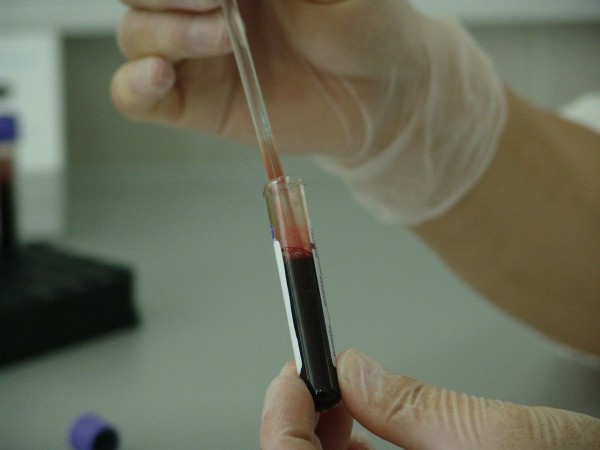Simple, Routine Blood Test May Help Identify Mortality Risk Among COVID-19 Patients

A new study conducted by U.S. scientists has identified a routine blood test that can help identify patients with SARS-CoV-2 infection who are at greater risk of becoming critically ill and those with greater mortality risk.
The standardized blood test, which is part of the routine complete blood count component known as the red cell distribution width (RDW) test, is usually completed during the time of admission and hospitalization.
Red cell distribution width measures the variation of red blood cell volume and also helps to diagnose certain medical conditions such as anemia, heart disease, and diabetes.
Researchers at Massachusetts General Hospital in Boston noted that this might be an early predictor of COVID-19 death rates.
READ ABOUT: The Berlin Patient, First Man Cured of HIV, Is Now Terminally Ill With Cancer
Published in JAMA Network Open, researchers speculate that an increased level of RDW may reflect a slowed rate of red blood cell production and turnover in the setting of increased production and turnover of leukocytes or platelets, such as what would happen when there is an inflammation.
This study involved 1,641 patients treated for COVID-19 in one of the four hospitals in the Boston area between the period of March 4 and April 28. Those with elevated RDW at the time of admission were 6.12 percent more likely to die within 48 hours than those with normal levels of RDW. The researchers concluded that If the value of RDW is higher than 14.5 percent during admission, the mortality risk increased from 11 percent to 31 percent.
The researchers said that even if other factors were considered, such as age, race, ethnicity, other blood count measures, and significant comorbidities, the mortality risk is still higher among patients with increased RDW numbers. Elevated RDW is associated with higher mortality risk among patients younger than 70 years compared to older groups.
Early reports from China show that some patients have an extremely intense inflammatory response to the novel coronavirus, whereas others have very mild reactions. Previous work made by researchers also revealed that specific changes in the numbers and types of blood cells during periods of inflammation are also associated with poorer health outcomes, especially in patients with diseases like heart disease, cancer, and diabetes.
More Studies Needed
Researchers said they are currently studying the mechanisms that contribute to an elevated RDW in severe cases of COVID-19 to better protect those most at risk. The researchers noted that more studies are needed to verify these findings as the study did not explain how soon do the RDW levels increase once the coronavirus symptoms began. Other chronic illnesses are also risk factors in COVID-19 and may contribute to higher RDW values even without coronavirus infection.
Co-author Aaron Aguirre said that this could help in discovering new treatment strategies or to identify better markers of disease severity.
READ MORE: Artificial Intelligence To Help Predict Levels of Loneliness
Check out more news and information on COVID-19 on MD News Daily.
Sep 27, 2020 10:14 PM EDT





